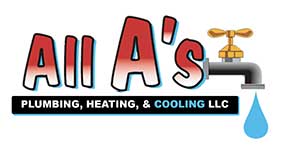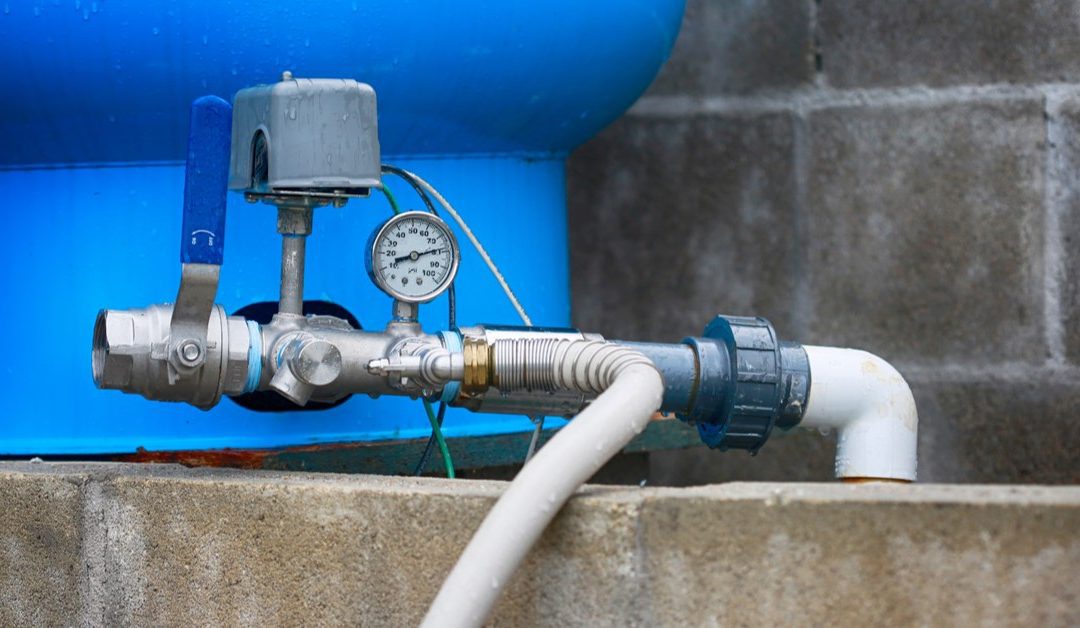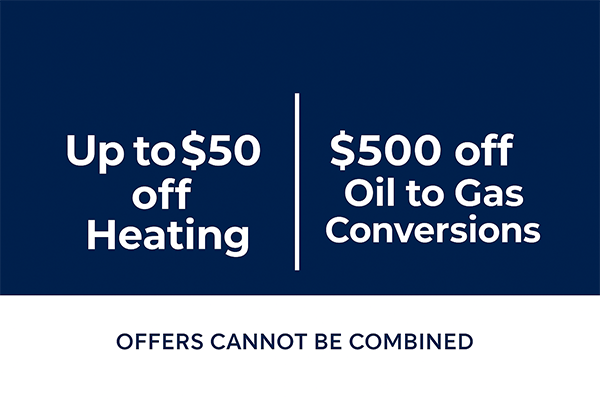Pump Pressure Tank Setup: Process and Affordable Services in NJ
While most Americans get their water from city services, over 43,000,000 people get their water from private sources. Those using private water systems know we are on our own and must solve our own water delivery issues.
Since we don’t have a city providing our water, we need to understand the importance of proper pump pressure tank setup and maintenance after installing a pump.
This article discusses pressure tank sizing, how a pressure tank works, and pressure tank setup. Read on to learn more about affordable pump services in New Jersey!
Pressure Tank Primer
After a pressure pump installation is complete, a pressure tank setup is needed to finish the job.
Without a pressure tank and the accompanying pressure switch, the pump will not turn on and off when water is demanded at the spigot.
The pump could work with just a pressure switch, but the water pressure would be irregular, and the pump would turn on and off far too often, lowering its lifespan. Also, a pump has to run for at least a minute or two after turning on to dissipate heat. If it runs for too short a period, it will burn up quickly.
That’s where the pressure tank comes into play. The pump fills the tank until it reaches a preset maximum pressure (PSI), and then the pressure switch shuts off electricity.
The pump won’t turn back on until the line pressure drops below the minimum preset PSI. Most systems are set to 60/40 or 50/30.
Pressure Tank Sizing
Pressure tanks come in sizes from 20 gallons to 120 gallons. That doesn’t mean they hold that rated capacity in water. A 20-gallon pressure tank at maximum pressure has less than half that volume of water.
The rest of the space on the other side of a rubber bladder is filled with air. That bladder gets compressed by water coming from the pump, creating the water line pressure.
What Size Is Best?
Plumbers use an equation based on flow rate times runtime = draw-down capacity to determine tank size.
Standard tank sizes and water capacity at max pressure (60/40):
• 20-gallon tank — 6 gallons
• 30-gallon tank — 9 gallons
• 50-gallon tank — 14 gallons
• 85-gallon tank — 25 gallons
• 120-gallon tank — 36 gallons
One way to increase water capacity in a pressure tank is to use the lower 50/30 pressure tandem.
Pressure Tank Setup
A plumber will work through the following steps to install a pressure tank:
- Turn off the electricity and then remove the old tank
- Fill the new tank with air to 2 PSI less than the minimum PSI
- Install a tee fitting made for pressure tanks
- Install a pressure gauge onto the tee
- Install a pressure release valve set to 70 PSI onto the tee
- Install a pressure switch onto the tee and attach electrical leads
- Configure the pressure switch to a pressure tandem (like 50/30 or 60/40)
- Attach incoming and outgoing water pipes
- If attaching a check valve, place it after the pressure tank, not before
A Pressure Tank With a Pump Is a Must-Have
A pump without a pressure tank does not work efficiently and will likely wear out the pump prematurely.
If you need a pressure tank setup or pump installation and live in New Jersey, call Allas Plumbing and Heating. We are a New Jersey master-licensed, insured, and bonded plumbing and heating company experienced in system installation, setup, repair, and maintenance. We are affordable, quick, reliable, and at your service.
We service the northern New Jersey areas. Contact us to see if we service your area.
One way to increase water capacity in a pressure tank is to use the lower 50/30 pressure tandem.



Recent Comments